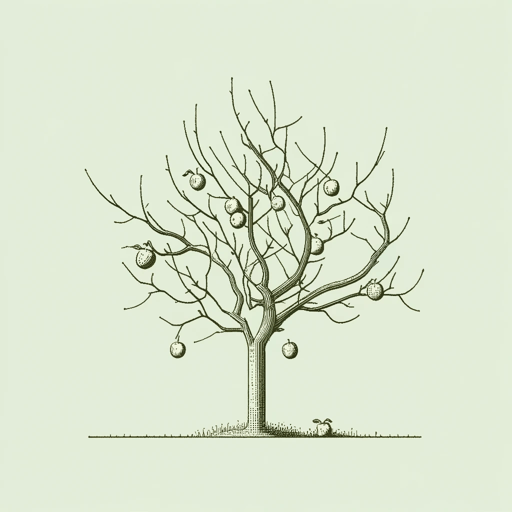16 pages • 32 minutes read
Robert FrostNothing Gold Can Stay
Fiction | Poem | Adult | Published in 1923A modern alternative to SparkNotes and CliffsNotes, SuperSummary offers high-quality Study Guides with detailed chapter summaries and analysis of major themes, characters, and more.
Background
Literary Context
Robert Frost is often described as fusing the traditional poetic style of his 19th century predecessors with the innovation of his contemporaries. Frost, like Romantic poet William Wordsworth, focuses many of his poems on nature. A hallmark of Romantic poetry is its view on nature’s mutability, or the inevitability of change. Frost admired the use of fixed rhyme and meter of traditional poetry. He also revered the work of those Victorians, like Thomas Hardy, who turned an unsparing eye on the harsh realism of country life. With his focus on New England, Frost is considered an American regionalist and is particularly lauded for his ability to capture American idiom and dialect. Modernists often emphatically rejected elevated poetic diction to create more colloquial-sounding voices keeping with how people realistically spoke.
Unlike Frost, however, most Modernists wrote in blank verse and used fragmented line breaks to create emphasis and to mimic the fracturing of the modern age. Frost embraced imagery, but unlike T. S. Eliot and Ezra Pound, his symbolic references came from the public realm instead of his personal mindscape.
Related Titles
By Robert Frost

Acquainted with the Night
Robert Frost

After Apple-Picking
Robert Frost

A Time To Talk
Robert Frost

Birches
Robert Frost

Fire and Ice
Robert Frost

Mending Wall
Robert Frost

October
Robert Frost

Once by the Pacific
Robert Frost

Out, Out—
Robert Frost

Putting in the Seed
Robert Frost

Stopping By Woods On A Snowy Evening
Robert Frost

The Death of the Hired Man
Robert Frost

The Gift Outright
Robert Frost

The Road Not Taken
Robert Frost

West-Running Brook
Robert Frost

